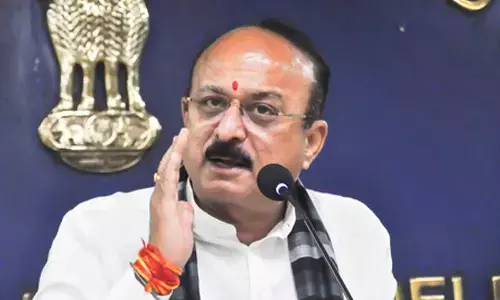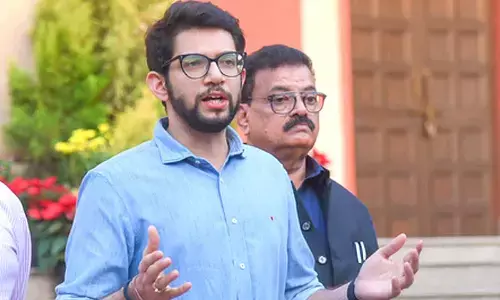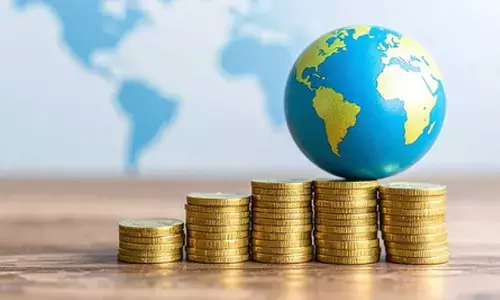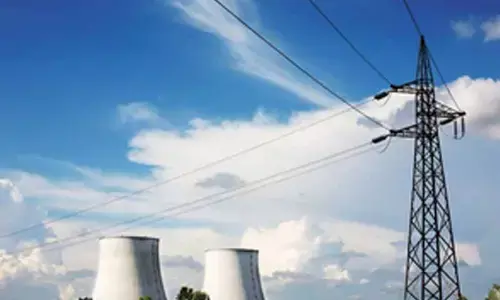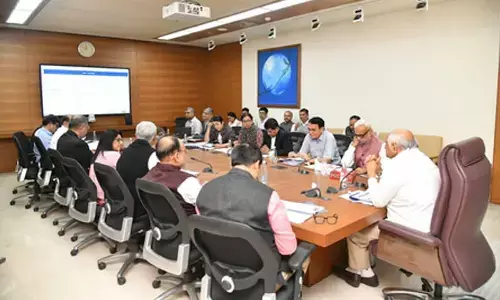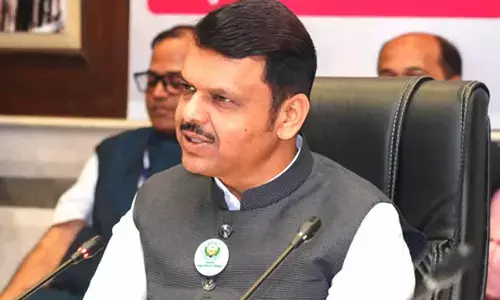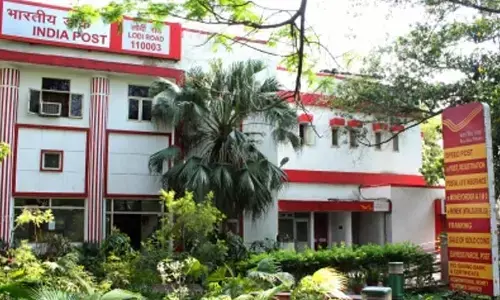India's economic challenges for 2020
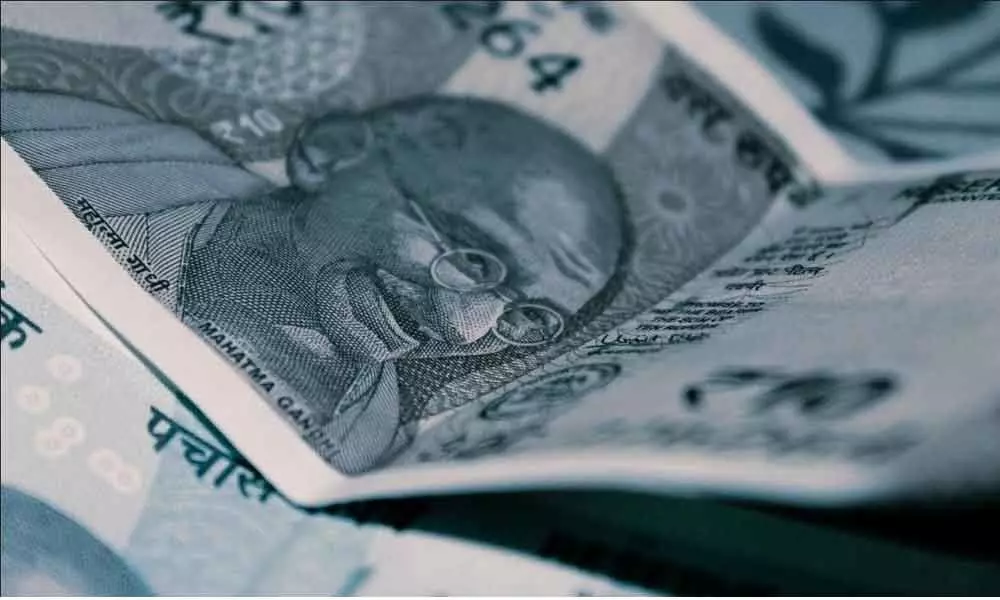
The coming year will be more difficult if the government continues to listen to the same economists who have led the economy into this dismal situation. An example is the prognosis made by our former Chief Economic Advisor Arvind Subramanian.
The coming year will be more difficult if the government continues to listen to the same economists who have led the economy into this dismal situation. An example is the prognosis made by our former Chief Economic Advisor Arvind Subramanian.
The first reason for the present slowdown according to him is the recession in the real estate sector which led to the collapse of the Infrastructure Leasing and Financial Services and brought our entire banking system near a wipeout.
But he fails to answer, why did recession come into the real estate sector? The second reason said by him is the increase in the non-performing assets (NPAs) of our Public Sector Banks (PSBs).
Again, the question is why has this problem become acute after 2016? The poor quality of loans given by the PSBs have been known for decades. In fact, the more honest functioning of the NDA government after 2014 should have led to improvement in the quality of the lending of the banks.
Once again, the problem appears to have become acute because even the "good" loans given by the PSBs have become non-performing because there is no demand in the economy courtesy our economists.
The goods produced by the "honest" borrowing companies are not selling which is making them default to the PSBs.
The third reason for the decline of our growth rate given by mainstream economists is the burden of population. The situation, actually, is exactly the opposite.
India is, in fact, reaping a demographic divided at the present time. In 1971, 81 young and elderly persons were dependent on 100 working persons of 16-65 years age. This has declined to 50 young and elderly persons being dependent on 100 working persons in 2020.
Thus, we have more numbers of working persons and less numbers of dependents. The working persons are having to spend less in taking care of the dependents. They can use the money saved for making investment.
That should have led to higher economic growth but that is not happening. This shows that population is not the problem.
The fourth reason said for the slowdown is weakness in the global economy. This too is not correct. The growth rate of the global economy was 2.6 percent during 2001-2010 and 2.8 percent during 2011-2017.
In fact, the global economy is thriving at present. The growth rate was 3.6 percent in 2017-18 and 3.3 percent in 2018-19 and is expected to be 3.6 percent in 2019-2020. There is no slowdown here.
The present slowdown is even more serious because the price of fuel oil is presently low and the NDA government is more honest in use of government budget. Our growth rate should have risen due to these factors.
The main reason for the slowdown is demonetisation and GST. These steps have led to closure of large numbers of Small and Medium Enterprises (SMEs).
Demonetisation has killed those who were operating in cash only. GST has made it possible for large companies to sell their goods across the country and has correspondingly made it difficult for SMEs to survive.
This has led to a reduction in employment because SMEs have been the main engine of creating jobs. That, in turn, has led to a reduction of demand in the market.
That, in turn, has led to slowdown in the real estate sector because the common man does not have the money to buy a house. This was the cause of the collapse of IL&FS.
It has also led to losses for the companies that have borrowed from the PSBs because they are not able to sell the goods produced by them. That, in turn, has led to increase in NPAs of the PSBs.
The proof of this prognosis is that our share market is booming while our growth rate is shrinking. The total size of our economy is shrinking while the portion contributed by large companies is increasing.
Say, the size of the total economy was Rs 100 and the portion of the big companies and SMEs was Rs 50 each. Today, the size of the total economy has shrunk to Rs 80 and simultaneously the portion of the big companies has increased from Rs 50 to Rs 60 while the portion of SMEs has shrunk from Rs 50 to Rs 20.
The shrinking of the total economy from Rs 100 to Rs 80 is showing in the decline of the growth rate while in the increase in the portion of big companies is leading to a buoyant share market. This proves that the present slowdown is due to the problems faced by the SMEs.
The second cause of the slowdown appears to be social disturbances. Multinational Corporations will not come to establish factories in India when the people are on the streets burning busses every day.
The issues of cow protection, Ram Temple and, now, the Citizenship Amendment Act have disturbed the social stability. Large numbers of high net-worth Individuals are leaving the country, in part, due to this.
These disturbances have converted the Indian economy into a balloon with a gaping hole through which the wealth of our country is leaking.
The third factor to be considered, though not a "cause" of the present slowdown, is the continued espousal of the mantra of controlling fiscal deficit.
This has declined from 4.5 percent in 2014 to 3.9 percent in 2016 and is expected to be at about 3.5 percent in 2020.
Though not a cause, an increase in government expenditures brought by an increase in fiscal deficit would have provided the much-needed adrenaline to combat the other negative factors. Alas! our mainstream economists have not recommended this.
The way forward for 2020 is to jumpstart the SMEs, increase employment and incomes of the common man. The government must restore the protection to SMEs.
Second, the government should abandon "Make in India" and instead focus on the expansion of our services sector. New opportunities are being created in online export of services such as online tuitions, customised apps, translation, etc.
Third, the government must maintain the social fabric of the country. Fourth, the government should allow an increase in the fiscal deficit and use the money for building SME-friendly infrastructure such as free Wi-Fi, roads and electricity supply in small towns.
That will set into motion a virtuous cycle of demand creation in making this infrastructure and creation of employment by the SME-led workers.
The government must stop listening to economists like our former Chief Economic Adviser who have led the economy into this dismal situation and apply its own mind to the revival of the economy.
It must be noted that these economists keep silent on the impact of demonetization and GST which they helped implement and which are the main culprits of the present slowdown.
(The writer is formerly Professor of Economics at IIM, Bengaluru)








